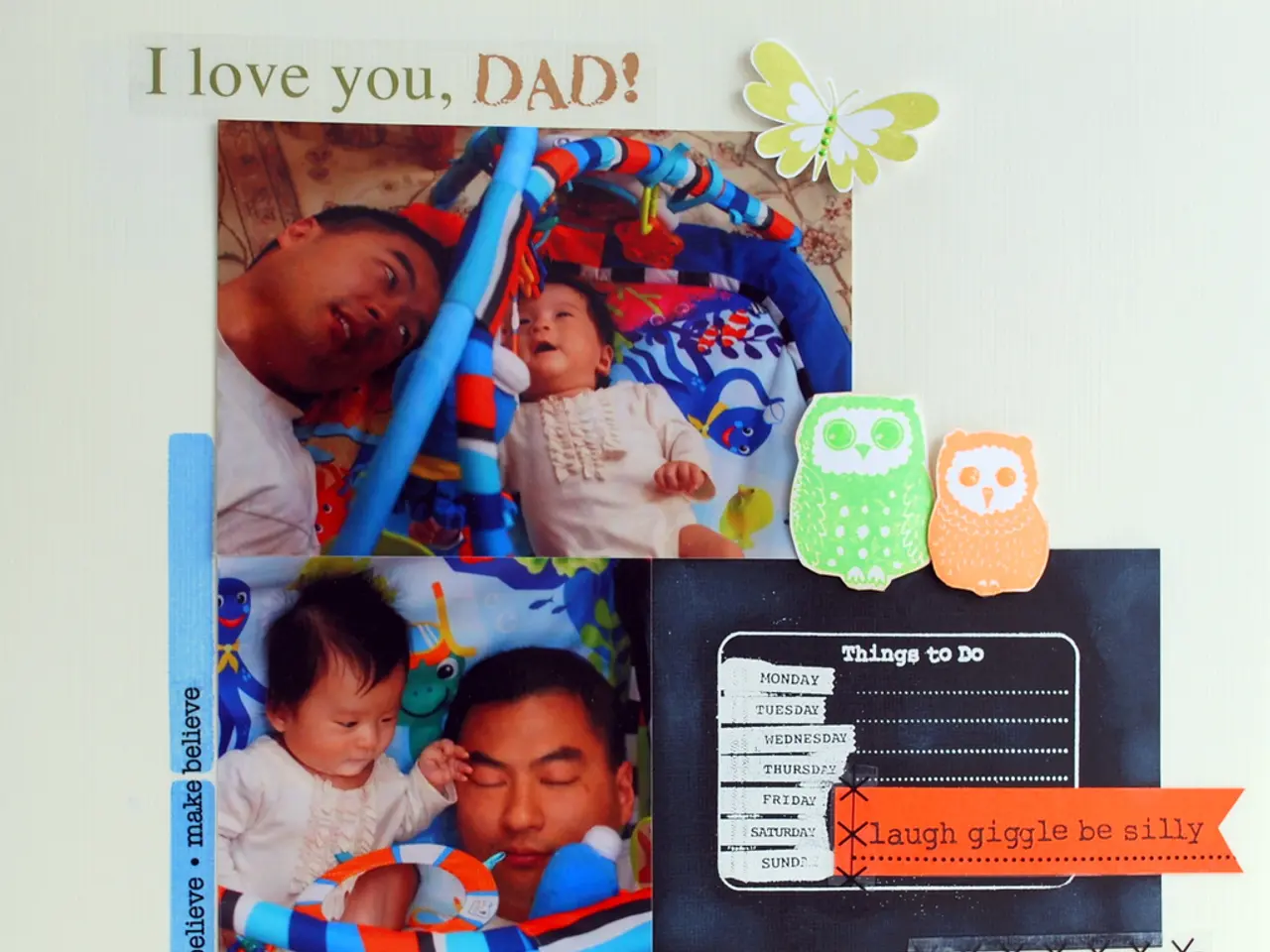CPR Performance Guide: Steps, Techniques, and Ratioguidelines
CPR (Cardiopulmonary Resuscitation) is a crucial lifesaving technique that restores blood circulation and breathing in individuals who have stopped breathing or whose heart has stopped. This article provides a comprehensive guide on how to perform CPR on adults, children, and infants.
**Performing CPR on Adults:**
1. **Check Responsiveness**: Firmly tap the person’s shoulders, shout “Are you okay?”, and look for a response or movement. 2. **Call for Help**: Immediately call 911 or ask someone else to do so. Request an AED (Automated External Defibrillator) if available. 3. **Position the Person**: Place the person on a firm, flat surface and tilt the head back by lifting the chin to open the airway. 4. **Check for Breathing**: Look for chest movement for no more than 10 seconds, listen for breathing sounds, and feel for breath on your cheek. 5. **Hand Placement for Compressions**: Place the heel of one hand on the center of the chest between the nipples and place the other hand on top, interlacing fingers. Keep arms straight and shoulders directly over hands. 6. **Perform Compressions**: Compress at least 2 inches deep, allow complete chest recoil between compressions, and perform compressions at a rate of 100-120 per minute. 7. **Rescue Breathing (if trained)**: After 30 compressions, tilt the head back and lift the chin, pinch the nose closed, create a seal over the mouth, and give two breaths. Each breath should last about one second and make the chest rise. 8. **Continue Cycles**: Repeat 30 compressions followed by two breaths. Continue until emergency services arrive or the person shows signs of life. Switch with another person every two minutes to prevent fatigue.
**Differences in CPR for Children and Infants:**
The compression depth, hand placement, and breathing techniques vary slightly for children and infants.
- **Compression Depth**: For children aged 1-8 years, the compression depth is at least one-third of chest depth. For infants under 1 year, the compression depth is approximately one-third of chest depth, which is about 1 inch. - **Hand Placement**: For infants, the two-finger technique is often used, placing two fingers in the center of the chest. - **Breathing**: Infants may require more frequent breaths if performed by a single rescuer.
**Key Takeaways:**
- Understanding these differences is crucial for effective CPR performance across various age groups. - People without first aid training can still save a life by using CPR. - Hands-only CPR, which is CPR without rescue breaths, involves calling 911 and pushing hard and fast in the center of the person's chest to a song that is 100 beats per minute. - Always lay the person on their back and open their airway before performing CPR. - Monitor the child's breathing and perform CPR if they stop breathing. - CPR can help keep someone alive until emergency services arrive.
- Multiple health conditions, such as HIV, multiple sclerosis, or hepatitis, may require individuals to be more cautious during CPR due to potential infections.
- A study, funded by Pfizer, has shown a predictive correlation between depression and the development of ulcerative colitis or bipolar disorder in some cases.
- Eczema flare-ups can be managed by adhering to a maintainable health-and-wellness routine, ensuring proper hydration, and avoiding triggers.
- Science has revealed that cancer cells in the body can sometimes develop a mechanism that allows them to block the immune system's response, aiding in their survival and proliferation.
- AQ (Air Quality) plays a vital role in managing symptoms of asthma or bronchitis, with poor air quality potentially exacerbating existing respiratory issues.
- In some cases, colitis may go undiagnosed due to its similarities with other conditions like Crohn's disease or irritable bowel syndrome, necessitating accurate diagnosis for appropriate treatment.
- Cancer patients undergoing chemotherapy may experience symptoms such as nausea, fatigue, or depression, but these symptoms can often be managed effectively with proper medical care and support.
- It's essential to seek professional medical help for mental health conditions like depression, as it may co-occur with multiple sclerosis or other chronic health conditions, necessitating a holistic approach to treatment and management.




